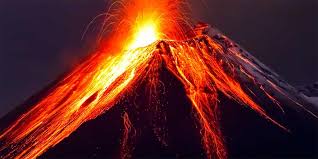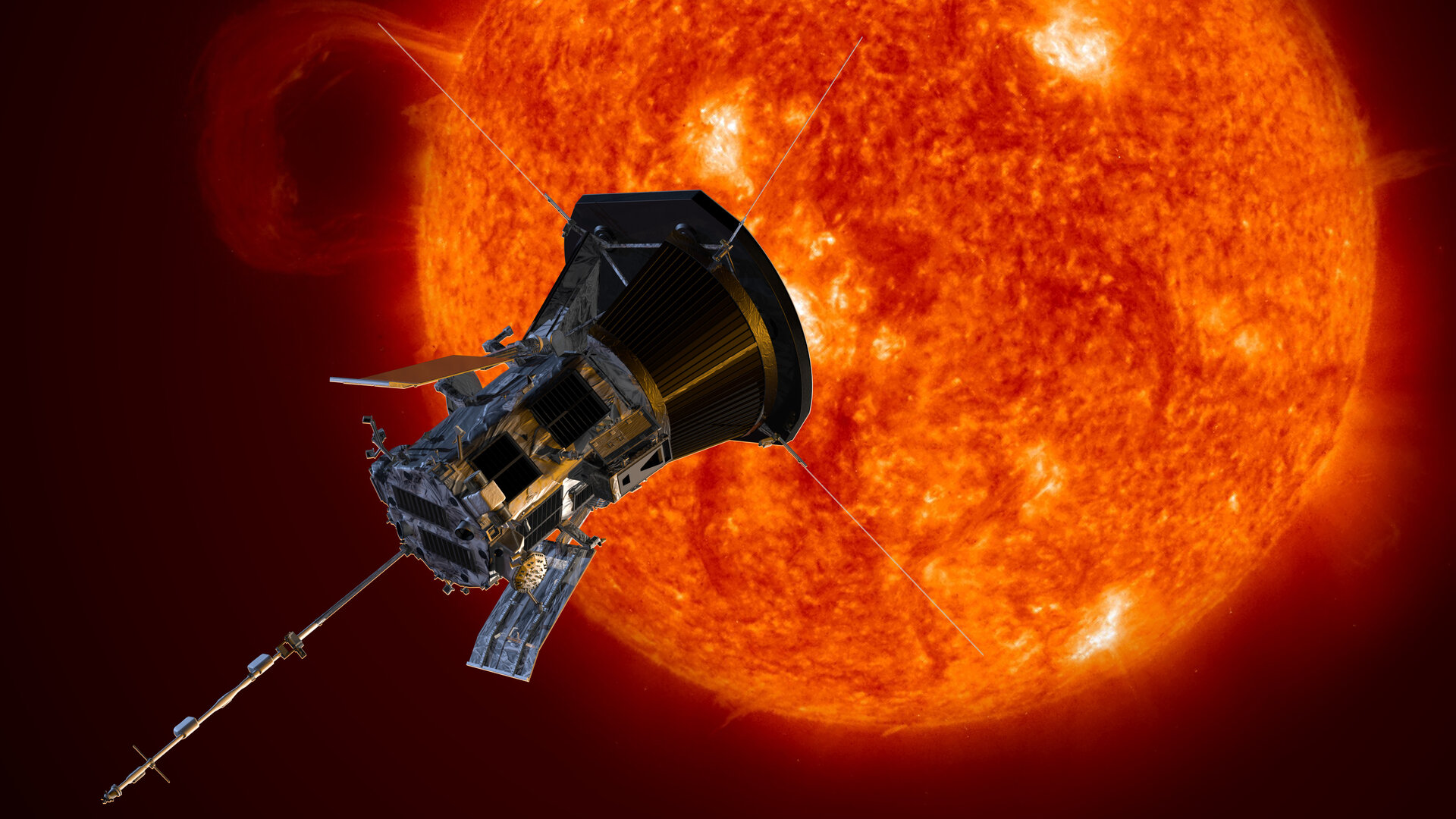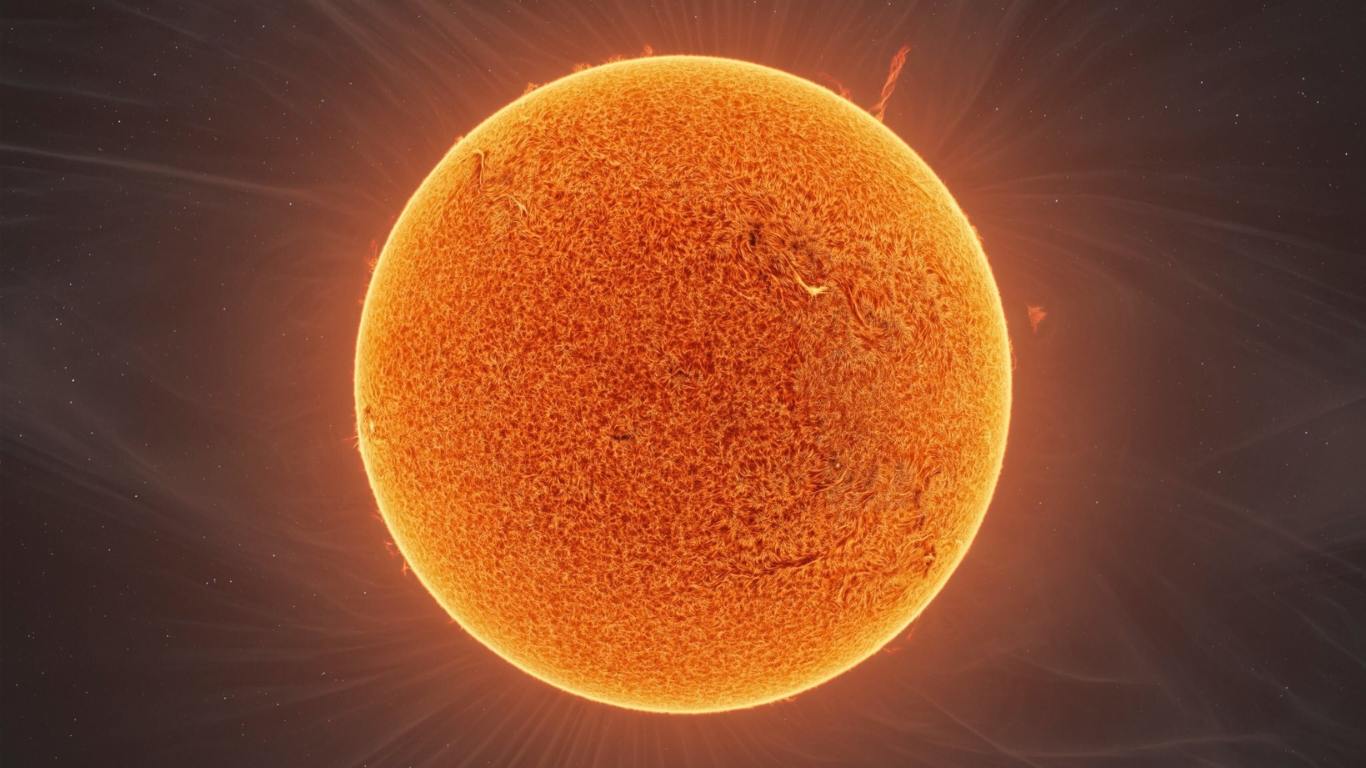Volcanoes are openings in the Earth’s crust through which magma, ash, and gases are ejected. They are often formed at the boundaries between tectonic plates.
Types of Volcanoes
- Shield Volcanoes: These are broad, gently sloping volcanoes formed by low-viscosity lava flows. Examples include Mauna Loa and Kilauea in Hawaii.
- Stratovolcanoes: Also known as composite volcanoes, these are steep-sided volcanoes formed by layers of lava, ash, and rock. Examples include Mount Fuji in Japan and Mount Vesuvius in Italy.
- Cinder Cones: These are small, cone-shaped volcanoes formed by the accumulation of volcanic cinders.
- Calderas: These are large, cauldron-like depressions formed by the collapse of a volcano’s summit after a major eruption.
Volcanic Eruptions
Volcanic eruptions can vary widely in terms of their intensity and the types of materials they release. Some of the common products of volcanic eruptions include:
- Lava: Molten rock that flows from a volcano.
- Ash: Fine-grained volcanic debris.
- Pyroclastic Flows: Fast-moving currents of hot gas and rock fragments.
- Gases: Volcanic gases, such as carbon dioxide, sulfur dioxide, and water vapor.
Hazards of Volcanoes
Volcanoes can pose significant hazards to humans and the environment. These hazards include:
- Lava Flows: Lava flows can destroy property and infrastructure.
- Ashfall: Ashfall can cause respiratory problems, damage crops, and disrupt transportation.
- Pyroclastic Flows: These are extremely dangerous and can cause widespread destruction.
- Tsunamis: Volcanic eruptions can trigger tsunamis, especially if they occur underwater.
Monitoring Volcanoes
Scientists monitor volcanoes to predict and mitigate the risks associated with volcanic eruptions. This involves using a variety of techniques, such as seismometers, gas sensors, and satellite imagery.
Would you like to learn more about a specific volcano, the different types of volcanic eruptions, or the hazards associated with volcanoes?



